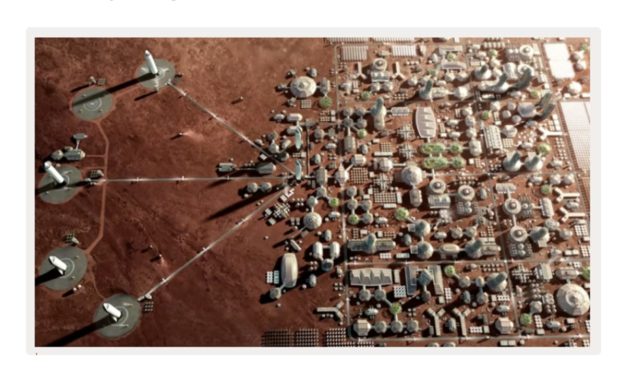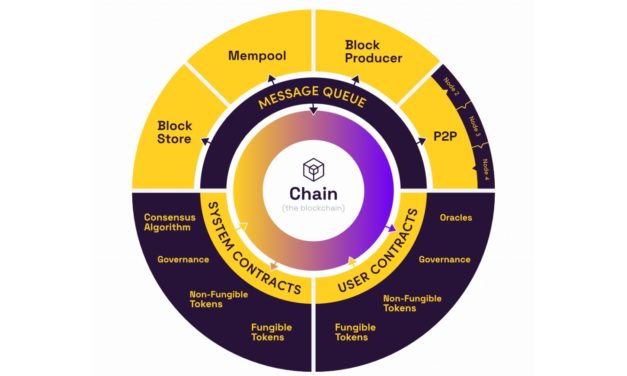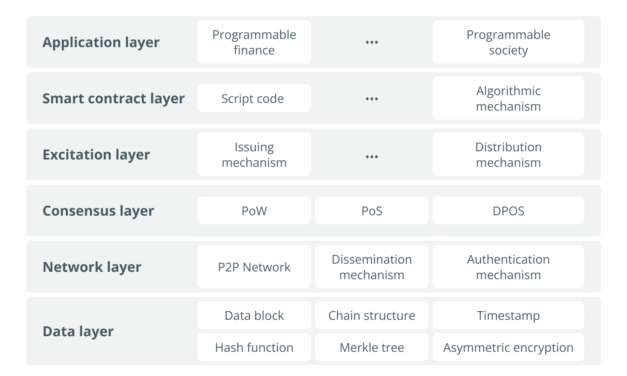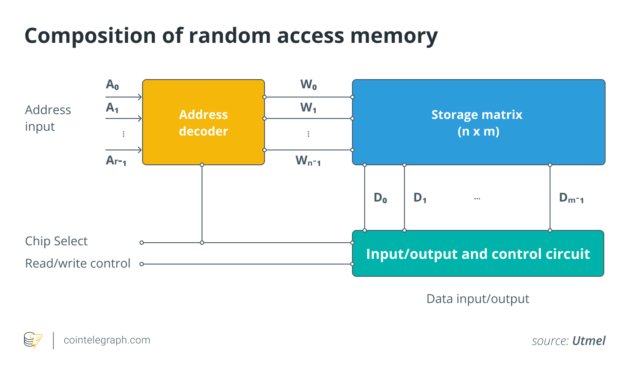Welcome to Mars: I own everything, have total privacy and life has never been better
This is a parody of the article published by the World Economic Forum titled “Welcome to 2030. I Own Nothing, Have No Privacy And Life Has Never Been Better.”Welcome to Mars. Welcome to my city, or should I say “our city” because I, like every other inhabitant, is a stakeholder in it. No, I don’t mean “shareholder,” as this isn’t a dystopian future run by private companies. My city on Mars has a decentralized governance structure just like the greater Mars. It is not a corporation nor is it a militarized state. It is a set of institutions governed directly by The People. As a result of this system, we have police that spread peace instead of violence. We have financial systems that spread wealth instead of creating poverty. We have institutions that are open instead of closed and transparent instead of secret, all of which makes corruption practically impossible. Our institutions are bottom-up and people-powered instead of top-down and authoritarian. This might seem odd to you, living in a world where you can’t afford a home, decent healthcare or quality education. Where a tiny number of people have incredible power leading to widespread corruption, even in supposedly “free and open” countries. This is because you live in a centralized world. You have two choices: centralized private corporations or centralized governments with a monopoly on violence. We, on the other hand, live in a decentralized city and in a decentralized world. Related: Tales from 2050: A look into a world built on NFTsDecentralized governmentIn our world, it makes perfect sense for everyone to say they own everything. Every product and service, at least all of the most important ones, is provided by a decentralized organization — an organization that no one person or group controls and that anyone can acquire a stake in. Especially important are the organizations, like those that provide public goods, that are required by the constitution to be governed by one-person-one-vote. Meaning that simply by residing within that organization’s territory, you receive an equal stake in that organization to everyone else.We don’t simply have our basic needs met; we live in an abundant world thanks to technology far beyond what you have on Earth. This is because on Mars, all technology is open source, meaning that there is incredible competition to develop new and innovative solutions but also participation remains accessible to every single citizen. All of this is made possible thanks to an advanced financial operating system that emerged in 2022 that enabled people to profit from the creation of open-source software. That year, a piece of software (itself open source) was released that made a peer-to-peer (P2P) economic system with no barriers to entry available to everyone for free and quickly spread virally.Related: Crypto as a ‘public good’ in the 22nd centuryFee-less smart contractsThe foundational element of this system was fee-less and upgradeable smart contracts. If you think about it, all of our interactions and exchanges are managed through contracts, whether they are written down, verbalized or implied. Even money itself is just a contract between the citizen and the State to provide a stable medium of exchange. Earlier versions of these “blockchain networks” had been released, but they were often very energetically wasteful (which is not suitable for the Mars economy) and required people to pay fees for every little thing they did. Imagine that we wanted to allow citizens to cast their votes in popular elections on a blockchain so that we could eliminate voter fraud. Forcing citizens to pay to cast votes would erect unacceptable barriers to participation and forcing the government to shoulder that cost would only decrease the capital it has available to deliver valuable services to its citizens. Putting those issues aside, the more used this platform became, the more energy it would waste, and energy is a precious commodity on Mars.Related: Space invaders: Launching crypto into orbitThis new platform, however, was entirely fee-less and highly efficient. Smart contracts that allowed people to cast votes, create different kinds of money and even share their thoughts publicly could all be created and used for free. Just as the fee-less nature of the internet had opened a creative space for an entirely new universe of products and services — even entirely new business models — the fee-less nature of this blockchain opened up a similar creative spaces for an infinite variety of new solutions, which is what has driven the technological revolution on Mars.While SpaceX obviously triggered the initial growth phase of Mars by transporting its early inhabitants, it was this blockchain that enabled those inhabitants to establish an entirely new socio-economic system that led to an explosion of productivity while at the same time increasing personal freedom and privacy. But see for yourself by hopping on the next Starship flight to Mars!The views, thoughts and opinions expressed here are the author’s alone and do not necessarily reflect or represent the views and opinions of Cointelegraph.Andrew Levine is the CEO of Koinos Group, a team of industry veterans accelerating decentralization through accessible blockchain technology. Their foundational product is Koinos, a fee-to-use and infinitely upgradeable blockchain with universal language support.
Čítaj viac






